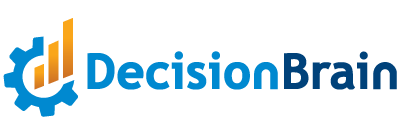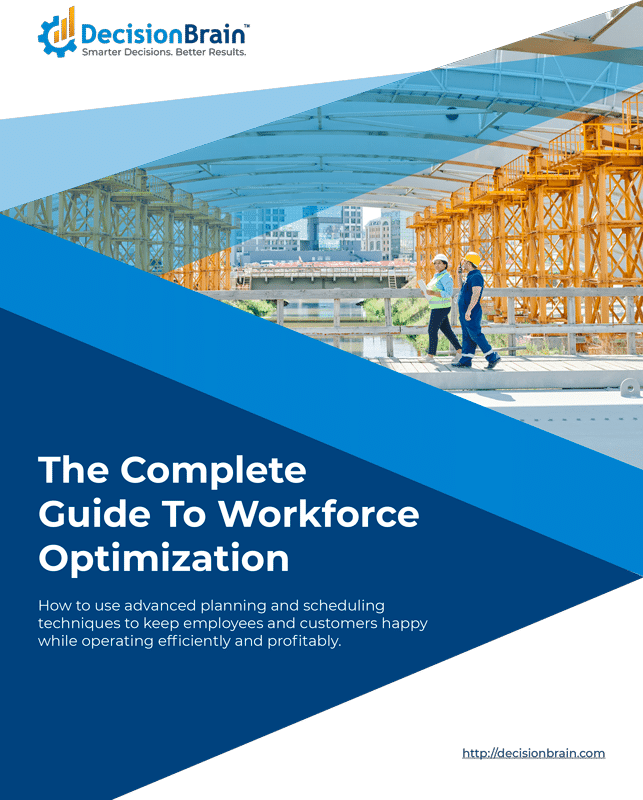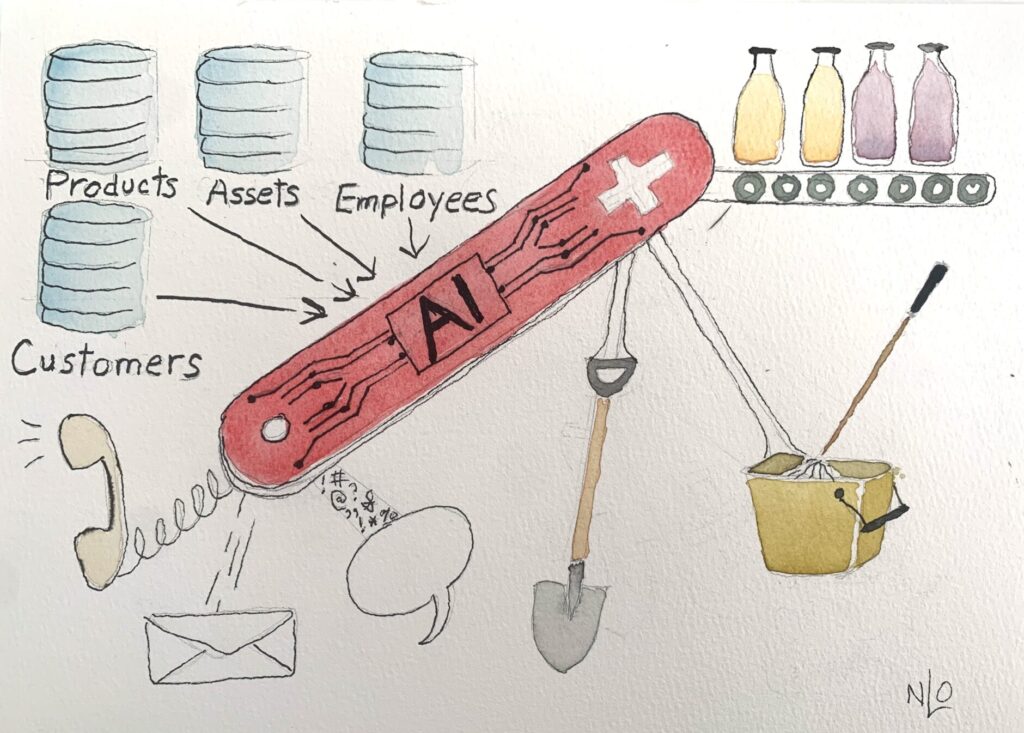The Complete Guide to Workforce Optimization
Written for business leaders looking to improve workforce planning and scheduling decisions with optimization, this guide gives you a systematic approach that allows you to achieve the perfect balance between profitability, customer satisfaction and employee satisfaction.
This 6-part guide spans topics such as,
- Cataloging employee skills and work activities
- Benchmarking performance metrics
- Handling uncertainty with forecasting and capacity planning
- Operational scheduling, tactical and strategic planning
You can also read each of the articles on our website:
Cataloging Employee Skills and Work Activities
This first part of the workforce guide emphasizes the importance of cataloging employee skills and work activities for efficient planning and scheduling. It discusses the need for a comprehensive skills catalog or taxonomy, integration of data related to assets and personnel, and highlights the critical role of data integration in this process. Additionally, the article offers a quick-start Skills Catalog template in Microsoft Excel to assist readers in creating their own catalog.
Benchmarking Performance Metrics
Part 2 delves into the concept of performance benchmarking in workforce management. It explains the importance of quantifying workforce requirements for specific tasks or services, discusses the industries where performance benchmarking is essential, and provides insights into selecting the right granularity and measurement units for benchmarking.
Handling Uncertainty with Forecasting and Capacity Planning
Part 3 discusses the challenges of predicting future workforce demand and ensuring the right workforce size and mix, emphasizing the complexity of capacity planning due to various factors such as employee availability and skillset mix.
Part 4 explains why operational scheduling is often the most urgent concern for organizations and discusses the complexities involved in workforce scheduling, including factors like diverse skill sets, geographic distribution, and last-minute adjustments
Part 5 explains how tactical planning focuses on distributing planned activities and addressing uncertainties in scheduling, such as variations in demand, employee time off, and training. The article also discusses how tactical planning can help organizations react to unexpected events and provides insights into risk management through scenario analysis.
Part 6 highlights the importance of aligning workforce size, structure, and skill mix with long-term business objectives. The article explores specific questions addressed by strategic workforce planning and emphasizes the role of mathematical optimization techniques in achieving strategic workforce optimization.











